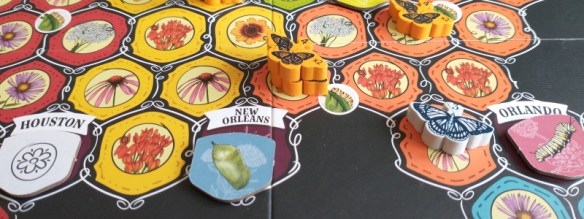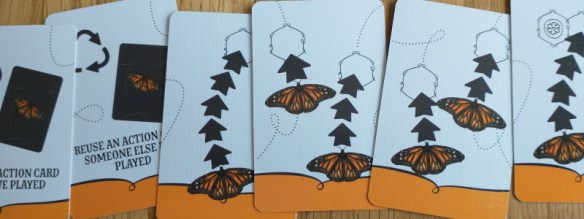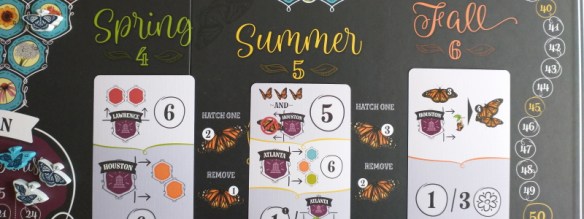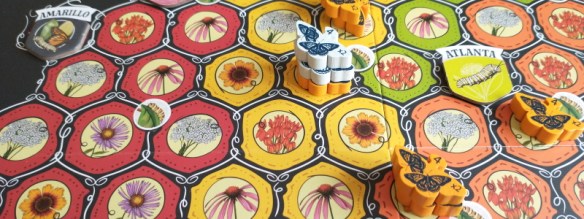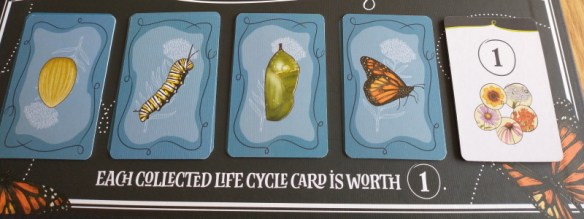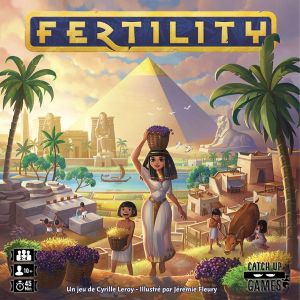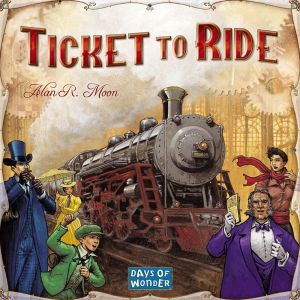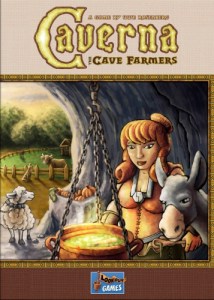Before I start with a top 10 abstract games list, I should define what I’m going to take ‘abstract games’ to mean. It’s a never-ending (and pointless) debate, so I’ll cut to the chase. Here I’ll be talking about games that lack any meaningful connection between theme (if they have one) and mechanics. Rather than those that lack all randomness (such as Chess or Go) - but there are some of those on the list too.
But I won’t be talking about dice games, or tile-laying games, as they have their own lists. This is games with very simple rules, but deeper strategy as well as tactics. Where you tend to just do one simple action on a turn, but which can have far reaching consequences. But despite this, these tend to be games that will only take up to around 30 minutes to play.
I think all these games should be available. So if you’re looking to pick any of them up, please use this link to comparison site Board Game Prices to help the site out. I’ve also linked to any of my full reviews below. As well as linking to online versions of the games (where available) if you want to check them out first. No order to the list, just great games.
My Top 10 abstract games
Azul
(2-4 players, 30-45 mins, ages 8+)
Players select tiles from randomly arranged sets to place on their own board, trying to create rows and columns to score points. But what you can take becomes limited as a round goes on. Meaning other players may force you to take a colour you can’t have - giving you negative points. This need to think in two directions helped make Azul an instant classic.
Mandala
(2 players, 20 mins, ages 8+)
Mandala is somewhere between a set collection and area control game. On a turn you usually play coloured cards to the centre of the table (in one of two areas), or to your side next to one of those areas. The colours you can play to particular areas becomes limited as time goes by. And once all colours are represented in/by an area, that area is scored and some cards are won. The later you take a particular colour in the game, the more each of that colour will score. So it soon becomes a tactical cat-and-mouse affair.
Spirits of the Forest
(2 players, 20 mins, 8+)
Play online (as Richelieu) at Yucata
A grid using all 48 tiles (12×4) is randomly created at the start of the game, with 8 (of 12) bonus markers placed on some of them. Players take it in turns to take tiles from the ends of the four rows, claiming bonus tiles and also reserving tiles for later. Scoring is by majority by colour, kept interesting by the secret bonus tiles. But what really makes the game sing is the tile blocking. As you can spend a block token to get around this - but then it is gone forever.
Drawing random pieces
The Rose King
(2 players, 30 mins, ages 8+)
Play online at Yucata
Players take turns to move a single shared piece by playing a card, then placing one of their coloured pieces on the landing space. It’s not as random as it seems, as on your turn you take a card or play one - but all cards you take are placed face up. You have a few chances to flip pieces to your side, but use them wisely. When neither player can move, the game is over and large territories will win you the game.
Uptown
(2-4 players, 30 mins, ages 8+)
Play online at BGA
In uptown, you’re faced with a 9×9 grid of spaces, with each associated with a number, letter and icon. You have one of each tile (so 27), plus a single wild. Your job is to place these tiles (drawn randomly - you always have five to choose from). But to finish with as few groups of tiles as possible. You can knock other players’ tiles off the board - but only if they’re on the edges (so as not to create more groups for the opponent).
Ingenious
(2-4 players, 45 mins, ages 8+)
On your turn, you’ll place a domino-style hexagon tile onto the main board then draw another, so you always have six to choose from. There are six colours of tile halves. And you score by lining up as many as possible to your placed piece. The trick is, the loser is the player with the lowest score in their worst colour. So as well as scoring big points, you need to balance your scoring - while trying to limit your opponents weak colours.
My Top 10 abstract games: Pure abstracts
These games have perfect information, so the only randomness is how your opponent plays.
Adios Calavera
(2 players (2-3 with expansion), 30 mins, ages 6+)
You’re simply racing to get your pieces across the board. The twist is you’re playing at right angles to each other, and the distance you can move is dictated by how many total pieces are in the row as you see it (so your row is your opponent’s column, and vice versa). Can be played as a basic abstract, of flipping the tiles allows you to play with individual powers.
Blokus
(2-4 players (or specifically 2 with Blokus Duo), 20 mins, 6+)
Players start with an identical set of Tetris-shaped pieces and a large empty game board. Taking it in turns, they build outwards by joining their own pieces by corner - so no two of your pieces can touch side-by-side. This cleverly leaves ways for other players to breach your defences. Because the plan is to place as many pieces as possible - so the further you get around the board, the better your chance of winning.
DVONN (from the GIPF series)
(2 players, 30 mins, 10+)
Play online at Boite a Jeux
In DVONN, players begin by strategically filling the board with their pieces. They then take turns moving their pieces (putting them on top of others) to gain control of stacks. These stacks can then move as far as the amount of pieces in them, which gives the game a great arc as your options begin to shrink. Most controlled pieces wins.
Patchwork
(2 players, 30 mins, 6+)
Play digitally on the official app (Steam, Google, Apple)
This another Tetris-piece game, but this time you’re trying to fill your individual board with pieces. The tension comes from what pieces you buy and more specifically what you then leave available to your opponent. Some pieces have currency, which you need to buy more pieces. So limiting your opponent’s piece/currency opportunities can win you the game.


